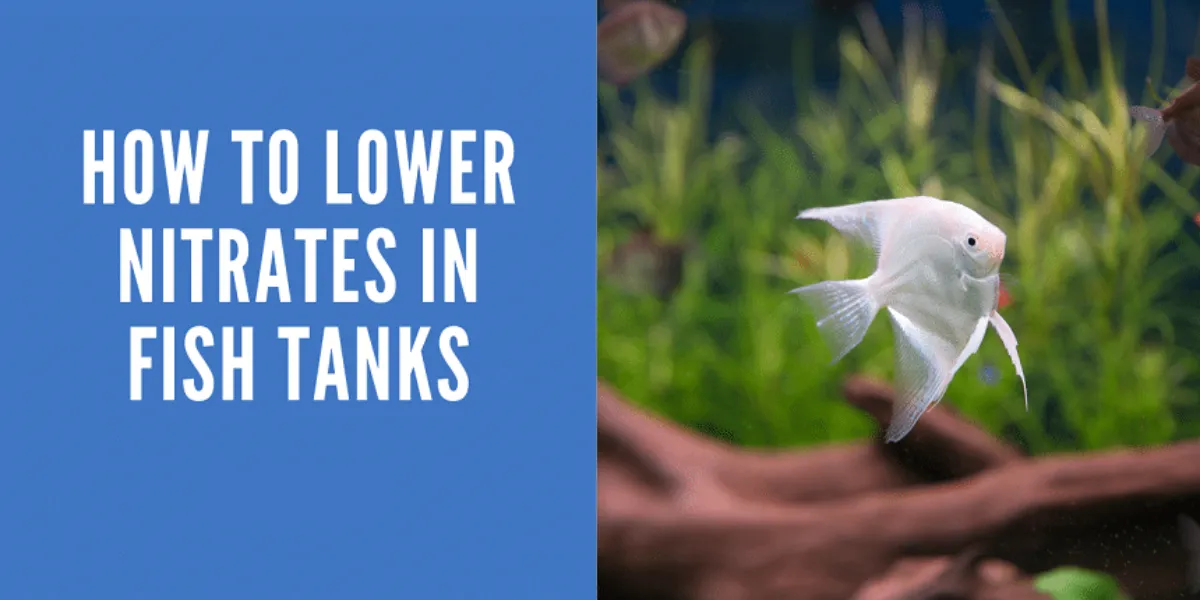Nitrates are a common concern in aquariums as they can harm fish and plants when levels are high. How To Lower Nitrates in Fish Tank These nitrogen compounds primarily stem from fish waste and uneaten food, leading to poor water quality. High nitrate levels can trigger algae blooms and stress fish, potentially resulting in health issues.
Regular Water Changes: A Simple Yet Effective Approach
One of the simplest ways to control nitrates is through regular water changes. By replacing a portion of the tank water, you dilute the nitrate concentration. Aim for a 25% water change every 1-2 weeks, depending on your tank’s nitrate levels. Make sure the new water added matches the temperature and pH of the tank.
Optimize Feeding Habits
Overfeeding is a common culprit behind elevated nitrate levels. Excess food contributes to higher waste production, increasing nitrates. How To Lower Nitrates in Fish Tank Feed your fish the amount they can consume in a few minutes, and consider incorporating high-quality food that produces less waste.

Live Plants for Natural Nitrate Uptake
Aquatic plants can be valuable allies in nitrate reduction. Through photosynthesis, they absorb nitrates as nutrients, effectively lowering their levels. Include a variety of live plants in your tank, and ensure they receive adequate light and nutrients for optimal growth.
Efficient Filtration Systems
Investing in a quality filtration system can significantly improve water quality and reduce nitrates. Mechanical, biological, and chemical filtration processes work together to remove waste and contaminants, preventing nitrate buildup. Clean or replace filter media as recommended to maintain efficiency.
Avoid Overstocking
Overcrowding your tank means more waste production, leading to higher nitrate levels. Research the specific requirements of each fish species and create a balanced and appropriate stocking plan. This will not only lower nitrates but also promote healthier fish.
Test and Monitor Regularly
Use reliable nitrate test kits to monitor water parameters consistently. Regular testing helps you catch rising nitrate levels early, allowing for timely intervention. Maintain nitrate levels below 20-40 ppm (parts per million) to ensure a safe environment for your aquatic pets.
Consider a Refugium or Algae Scrubber
Incorporating a refugium or algae scrubber in your filtration setup can offer a natural means of nitrate reduction. Algae in these areas consume nitrates as nutrients, effectively lowering their concentration in the main tank.
Reverse Osmosis Water
Using reverse osmosis (RO) water for water changes can help reduce nitrate levels, especially if your tap water has high nitrate content. RO water is purified and lacks many of the contaminants found in regular tap water, including nitrates.
Maintaining healthy nitrate levels in your fish tank is crucial for the well-being of your aquatic inhabitants. By following these strategies – from proper feeding and filtration to incorporating live plants – you can effectively lower nitrates, ensuring a thriving and vibrant underwater ecosystem.
Arwana fish, known for their majestic presence and vibrant colors, are highly sought-after in the aquarium trade. These territorial carnivores require ample space and pristine water conditions to thrive.
Sherry fish, often referred to as “sherries,” belong to the Gobiidae family. With their charming personalities and diverse colors, they make delightful additions to smaller aquariums. Provide them with hiding spots and gentle currents for a comfortable habitat.







